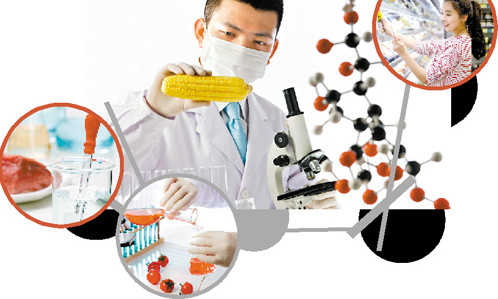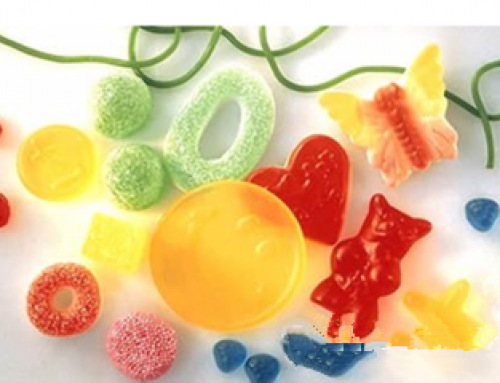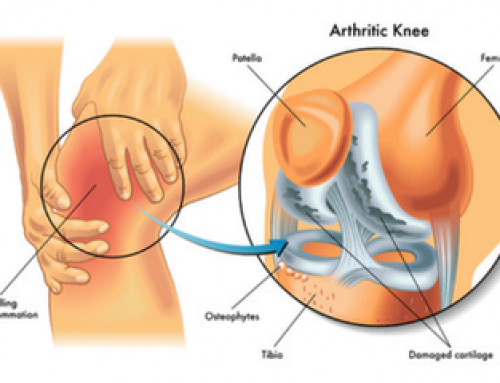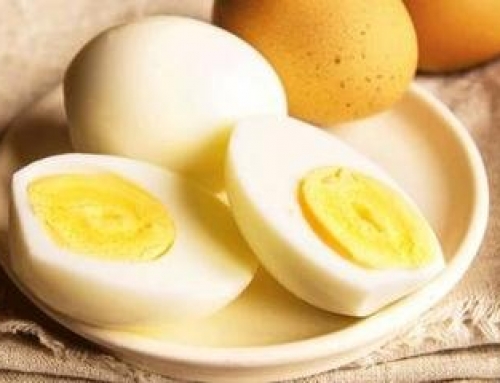Development
From January to December of 2006, China’s total food and feed additive manufacturing enterprises realized a total industrial output value of 53,067,162 thousand yuan, an increase of 36.68 percent over the same period of the previous year; and realized accumulated product sales revenue of 50,220,753,000 yuan, an increase of 38.01% over the same period of the previous year. Total accumulated profits of RMB 3,095,125 thousand, an increase of 35.43% over the same period of last year. As of the end of December 2006, there were 579 units of enterprises above designated size in the industry.
From January to May 2007, China’s total food and Food Additives manufacturing enterprises realized a total industrial output value of 26,468,111,000 yuan, an increase of 34.79% over the same period of the previous year; and realized cumulative product sales revenue of 25,413,141 thousand yuan, an increase of 33.57% over the same period of the previous year. Total accumulated profits of 1,666,633,000 yuan, an increase of 42.25% over the same period of last year. As of the end of May 2007, there were 623 units of enterprises above designated size in the industry.
The rapid development of China’s food and feed additives industry also has some problems, such as: a small number of products, a small number, lack of funds, backward technology, lack of innovation, imitation, standards defects form regulatory loopholes and errors, serious problems with additives To solve the above problems, the government should establish industry standards and establish a food additive safety labeling and traceability system; enterprises should pay attention to the safety of additives, develop products that meet market demands, develop industries in scale, realize economies of scale, and actively implement technological Reform and product innovation.
Common Types
There are 35 categories of food additives in China’s commodity classification, including flavor enhancers, defoamers, leavening agents, colorants, and preservatives, and more than 10,000 kinds of foods containing additives. Among them, there are 23 types of food additives that are allowed to be used in the “Standards for the Use of Food Additives” and the Ministry of Health’s announcement. There are a total of more than 2400 kinds of food additives, and 364 kinds of national or industry quality standards have been formulated. Mainly include acidity regulators, anti-caking agents, defoamers, antioxidants, bleaches, leavening agents, gum base-based substances, colorants, color-retaining agents, emulsifiers, enzyme preparations, flavor enhancers, flours Treatment agents, coating agents, moisture retention agents, nutritional fortifiers, preservatives, stabilizers and coagulants, sweeteners, thickeners, food flavors, processing aids for the food industry, and other 23 categories.
- Preservatives – commonly used sodium benzoate, potassium sorbate, sulfur dioxide, lactic acid and so on. It is used in food processing such as jams and candied fruit.
Antioxidants – similar to preservatives, can extend the shelf life of foods. Commonly used dimension C, different dimension C and so on.
Colorants – commonly used synthetic pigments are carmine, amaranth, lemon yellow, indigo and so on. It can change the appearance of foods and increase their appetite
Thickeners and stabilizers – can improve or stabilize the physical properties of cold foods, so that the food looks smooth and delicate. They keep frozen foods such as ice creams soft and loosely organized for long periods of time.
The bulking agent – part of the candy and chocolate added bulking agent, can promote the carbs to produce carbon dioxide, and thus play a bulky role. Common bulking agents include sodium bicarbonate, ammonium bicarbonate, compound leavening agents, and the like.
Sweeteners – Common artificial sweeteners include saccharin sodium, cyclamate, and others. The purpose is to increase the sweetness.
Sour agent – some drinks, candy, etc. often use sour agents to regulate and improve the flavor effect. Commonly used citric acid, tartaric acid, malic acid, lactic acid and so on.
Brighteners – benzoyl peroxide is the main ingredient of flour brighteners. Chinese foods are allowed to add a maximum dose of 0.06g/kg in flour. If the brightener exceeds the standard, the nutrition of the flour will be destroyed, and the benzoic acid produced after hydrolysis will damage the liver. Benzoyl peroxide has been banned as a food additive in developed countries such as the European Union. China also banned benzoyl peroxide as a brightener in May 2011.
Spices – spices are synthetic, natural, and fragrant. Consumers often eat a variety of flavors of chocolate, the production process uses a wide range of spices, so that it has a variety of unique flavors.
Commonly used food additives include two types: natural additives and synthetic additives. Natural additives come from natural sources and are mainly extracted from plant tissues. They also include some pigments from animals and microorganisms. Synthetic additives are organic pigments obtained by artificial chemical synthesis. They are mainly made from aniline dyes separated from coal tar. The appropriate amount of added citric acid, steviol glycosides, aspartame, cyclamate, Finnish white pigment, vanillin, ethyl maltol, potassium sorbate… basically no harm








Leave A Comment